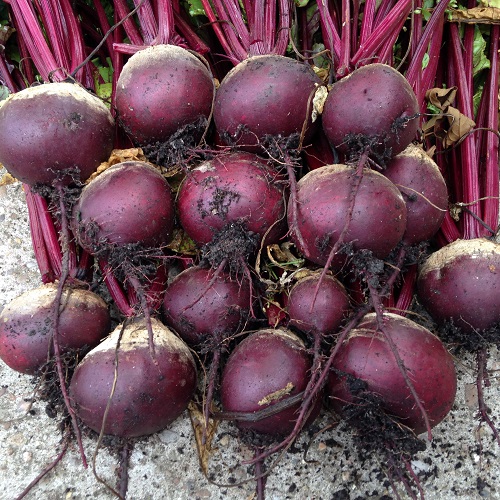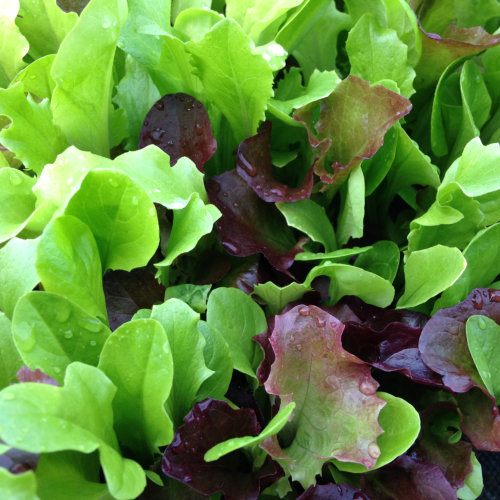Customer Reviews
Be the first to Write a Review for this item!
Customers who bought this item also bought:
Beetroot Boltardy£0.99
£0.79
Beetroot Boltardy is the most popular variety for early and.....
Average Contents : 350 seeds
Salad Leaves Mesclun Mixed£1.29
£0.89
Mix of Lettuce varieties suitable for use as a cut and come.....
Average Contents : 1.5g, approx 1000 seeds


